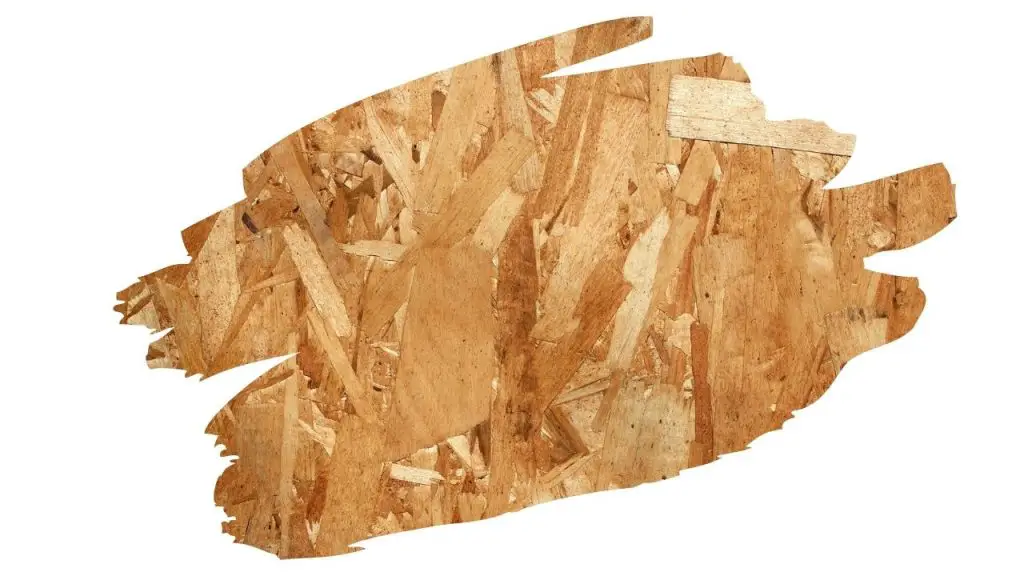There are a lot of neat little backyard wood crafts you can make out of plywood. Birdhouses, Dog Houses, or even Tree Houses.
But there is one thing that all of these projects have in common… the great outdoors.
Those wooden structures are going to be exposed to the elements – which means you need to use plywood that can stand up to ever-changing weather.
This is where ‘Exterior Rated’ plywood comes in. Exterior rated ply sheets have had their veneers glued together using a water resistant adhesive. This special glue makes this particular plywood type much more weatherproof than traditional plywood.
So, what is BCX Plywood?
To put it simply, BCX plywood is created by gluing B graded ply to C graded plywood using a waterproof glue. These plywood sheets have a smooth ‘front’ face and a rugged, scratchy ‘back’ face to them.
BCX plywood can last a longtime when used to create outdoor structures. But, that’s only if you take care to seal those exposed edges and ends.
So keep reading to find out how you can get the most out of BCX plywood…

This post may contain affiliate links to products that we receive a commission for (at no additional cost to you). Learn more here.
What Is BCX Plywood Made Of?
BCX plywood is what is called a ‘composite graded’ plywood.
You see, plywood is available in four standard grades; A, B, C, and lastly, D. When plywood is rated ‘A’ it has been sanded smooth and even. However, when plywood is rated ‘D’ it is because it is rough, knotty, and has an overall unfinished appearance.
Now, a composite graded plywood is when two differently graded ply sheets are glued together. The first letter refers to the ‘front face’ of the plywood sheet. While the second letter refers to the ‘back face’.
The X in BCX indicates that a water-resistant glue has been used to stick the ply sheets together.
What Does BCX Stand For? BCX plywood is made when a (B)-graded front sheet, and a (C)-graded back sheet, are stuck together using e(X)terior glue.
Related Post: A Quick Beginners Guide To BCX Vs RTD Plywood
Can You Use BCX Plywood For Cabinets?
Yes, you can use BCX plywood to make indoor pieces such as furniture and cabinets. Although, it is worth noting, you will need to smooth out the rougher side of this plywood.
You see, aesthetically, BCX plywood only looks good from its ‘B’ graded front facing side. The back of this particular ply, however, looks very rough. So, the interior of the BCX plywood cabinet will look scrappy if you don’t cover it over.
Now, normally, this aesthetic issue isn’t a problem when it comes to using BCX on general constructions. That is because when we use BCX ply on buildings, the ‘B’ side faces out. While the ‘C’ side faces in, only to be covered with putty, plaster and paint.
Can You Paint BCX Plywood? Yes, you can paint BCX plywood using water-based acrylic-latex paints.
What’s The Difference Between BCX and CDX Plywood?
CDX plywood is created when a ‘C’ grade ply sheet and a ‘D’ grade sheet are glued together with water-resistant glue.
The main difference between CDX and BCX plywood is quality.
CDX looks and feels much rougher than BCX ply and is used more for sub-flooring foundations rather than for siding.
Also, as a result of its lower quality, CDX plywood is less expensive than its BCX counterpart.
Is BCX Plywood Exterior Grade? Yes, it is. Any ‘X’ stamped plywood can be used on outdoor structures and projects, such as buildings, siding, and even truck-lining.
Final Thoughts
At the end of the day, for all of BCX’s advantages, there are better outdoor plywood options. However, if your decision boils down to balancing cost with quality, then BCX ply has you covered.
That is why, (if you choose BCX plywood), you can rest assured that…
- It will look evenly sanded and feel just as smooth.
- It will have no problem taking on acrylic-latex paint.
- And, once sealed, it is waterproof enough to stay outdoors all-season round.



